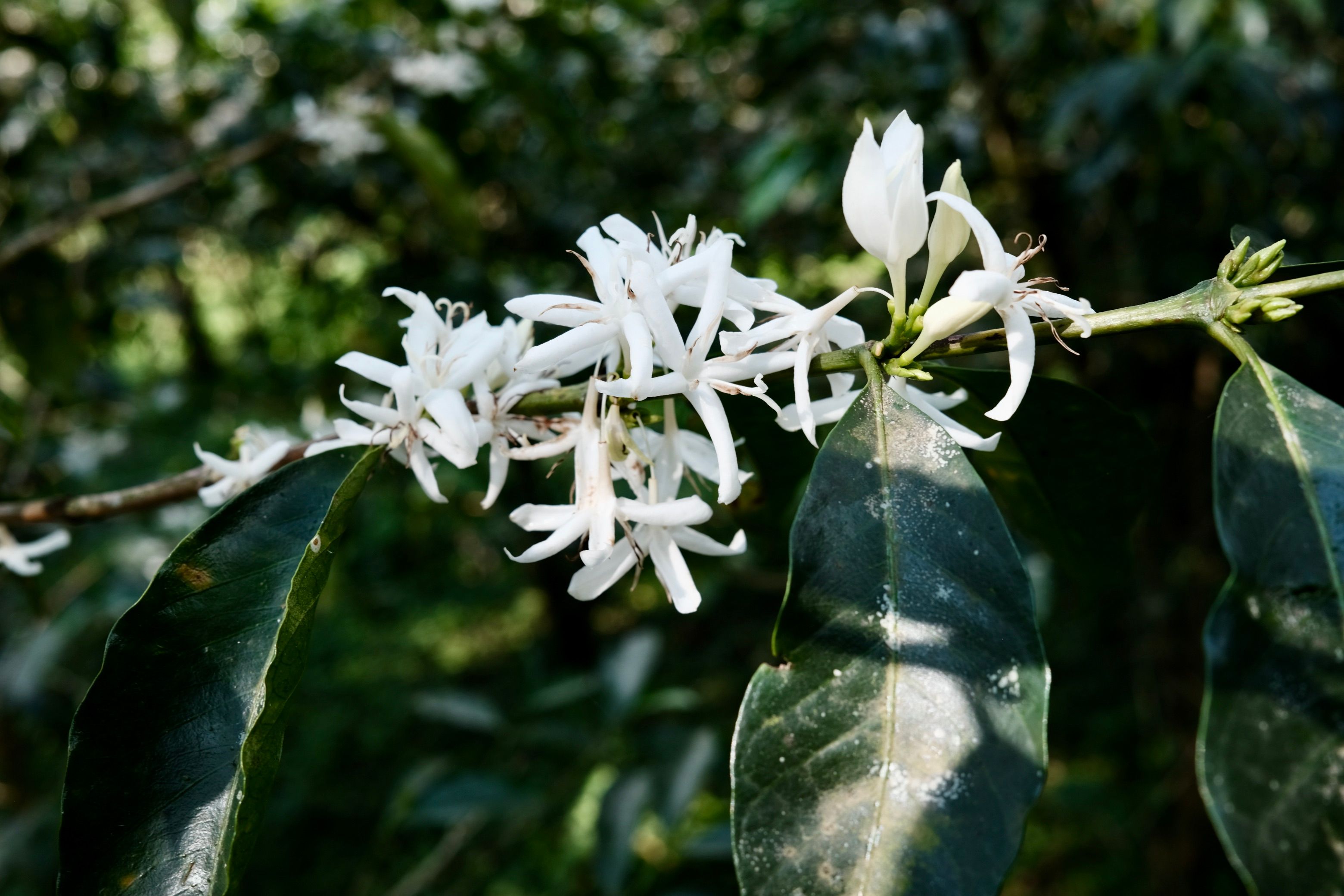Gaharo PeaberryEducation Lot2024
Gaharo Peaberry
- Long Miles Coffee Project, Heza
- Muramvya, Burundi
- Bourbon
- Washed Process
- 1700–2100 masl
- NotesCherry, Black Tea, Orange
- November 07, 2024
- April 03, 2025
- Release DateJune 24, 2025
- Volume265 lbs
- $4.98 /lb
- $6.70 /lb
- Noteworthy Plant Genetics
Peaberry Coffee: Causes and Considerations
In order to reproduce, angiosperms (flowering plants) like coffee undergo what plant scientists refer to as a 'double fertilization event.' This event occurs when both an egg cell and two polar nuclei are fertilized simultaneously by two separate sperm cells. Both the egg cell and these polar nuclei are found within a structure called an embryo sac which resides in the ovule of the plant’s flower. Fertilization of the egg cell results in the embryo, and fertilization of the polar nuclei results in what is called the endosperm, both of which make up the resulting seed. The embryo will ultimately grow by consuming the nutrients provided by the endosperm. This is why some seeds can initially be planted in soil without nutrients, such as a mix of sand and vermiculite, because the endosperm provides sufficient nutrition for the embryo to develop its initial roots and initial leaves, called cotyledons.
So how does all of this apply to coffee plants, and what happens if something goes wrong with this complex ’double fertilization event'?
Because a coffee flower typically contains two ovules, normal development of a coffee cherry will generally result in two seeds within a coffee cherry. Each seed, or ‘coffee bean', will exhibit the classic morphology we’re familiar with: one flat side with a center crack and one rounded side. Occasionally, however, a coffee cherry will have just one perfectly round seed instead of the normal two. These anomalous seeds are referred to as peaberries, given their resemblance to the legume, and are often separated during milling due to their smaller and rounder screen size.

Arabica coffee flowers
Aside from possible genetic mutations, a potential cause for this is the failure of one of the two ovules to be fertilized. As a result of this failure, one of the endosperms of one of the two ovules fails to develop, leaving sufficient space for the remaining one to develop a robust endosperm with a fully round pea-like shape. There are a number of reasons why this failure of fertilization can occur including weather conditions that cause flower drop, insufficient pollination agents such as wind and insects, or genetic incompatibility between the two pollinating parents.
Regardless, peaberry coffee has often been prized for its small dense seeds, with some arguing it contributes to a more complex and desirable cup profile than larger standard screen sizes.
For further reading:
Alemseged Yilma Efoye, and Taye Kufa. “Coffee Peaberry as a Potential Seed Source for Production.” ResearchGate, 2020.




